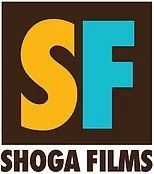Dear White People - The Lone(ly) Gay
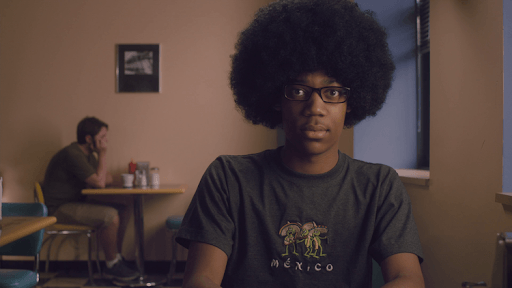
Dear White People (2014) is one of the smartest and funniest satires on screwed-up American Black/white relations ever. I can't think of another move that comes close to its range and wit on this particular subject. (Movies focusing on race relations usually take themselves very seriously.) Writer/director Justin Simien produces crackling dialogue, and his principal characters are as articulate as those of George Bernard Shaw.
Best of all, Simien himself is gay. “I definitely got a subversive thrill out of, you know, sticking a gay character in the middle of a black movie that does aim for the mainstream,” he told a group of Harvard students gathered for a conference on non-white matriculates.
The character, Lionel Higgins, a sci-fi nerd with an Afro the size of a 1950s beehive hairdo, seems as uninterested in his Black identity as his gay one. In a conversation with Lionel, the school’s Black dean admits, “Sure, sometimes our folks can be intolerant around people like you. Homo . . .” “I don’t believe in labels,” Lionel cuts in.
But that doesn’t stop others from bullying him because of his sexual orientation. Students at the Ivy League stand-in of Winchester College are divided between several residence halls. Most of the Black students choose to self-segregate in the Armstrong Parker house, but Lionel has been placed in another house led by Kurt Fletcher, the bratty entitled son of the white university president. Kurt doesn’t slam Lionel for being Black, but his homosexuality is fair game. In a prank message put on Lionel’s answering machine, Kurt’s voice lisps, "Hey boyss, you've reached Lionel Higginss, the only bitch on campusss who'll give you a dicksscount. That's right, the bigger the dick, the less you'll have to pay me to sssuck it."
Lionel is not the only gay character in the film. George, the white editor of the main campus paper who recruits him to “go undercover” and write about the Armstrong Parker House, locks lips with him during the course of the movie. (In the Charlotte, NC theater where I was watching
Dear White People last month, the predominantly Black audience groaned at this gay kiss.) However, it becomes clear that George has fetishized Lionel for his Blackness, so even the possibility of gay love is foreclosed by the all-pervasive racism of campus life.
Looking through the script, I saw that there was a shot of out and proud students at the university, but I have no memory of it. Otherwise there’s no sense of an LGBT community on campus. It’s not fair to ask a 90-minute movie to take on all issues it brings up—and race clearly holds center stage—but Lionel’s sexual orientation seems to be only another marker of his outsider nature. By the end of the film, once he’s embraced his Black identity, he’s shown, shorn of his ridiculous Afro, smiling and exchanging high fives with other residents of Armstrong Parker House.
Interestingly, however, the violence of racial confrontation climaxes in a transgressive same-sex kiss about which next to nothing has been written. Kurt is editor of a
Harvard Lampoon style paper that hosts a famous Halloween party every year. This year’s party features a Black theme that encourages attendees to “unleash their inner Negro.” Sickened by what he sees, Lionel smashes the DJ stand, provoking a confrontation that escalates into pushing and shoving. Kurt hustles Lionel out of the house, throws him to the ground and demandswhile sitting on top of him,“Why do you have to be such a fucking fag?” (And what does
that have to do with Lionel’s objection to the racism of the party’s premise.) At this point, Lionel fully embraces his Blackness but uses “being a fag” as the ultimate weapon of aggression. ”Well,” Lionel replies, “you finally got me where you want me.” At which point, he raises his torso and plants a violent kiss on Kurt’s lips. This provokes not only a full-scale assault on Lionel but a student riot that requires the intervention of the police and commands the attention of national news outlets.
There’s a lot going on here, but what’s not going on is any contextualization of Lionel’s gayness or of the radical nature of his “attack.” (Though he’s not the first movie character to use a same-sex kiss as a form of violence.) Nor has there been much commentary—and no analysis—on the few gay elements present in the film. Of course, when football players at Morehouse College created a loud outburst during the first gay kiss of an on-campus screening, that made it into the media but it’s hardly news that football players, Black or white, are homophobic.
Simien himself makes it clear that the film’s focus is on race, which perhaps reflects the more pressing aspect of his dual-minority identity. “In Hollywood I experienced racism more than homophobia,” Simien declared in
a BET interview. But then, outside of Todd Haynes and Gus Van Sant, how many openly gay American directors can you name working in mainstream cinema?
Simien is a young director and, God willing, has many more films in him. Perhaps in the future we’ll see a deeper consideration of gayness from his screenwriter’s pen. Or perhaps race will continue to trump sexual orientation because race can never be invisible, and bigotry goes for the low-hanging fruit (pun intended). In the meantime, let’s take nothing away from the achievement of
Dear White People. Turning an openly gay character into a “race man,” to use the label of an earlier era, is perhaps a unique act in American cinema – and hopefully a promising start.
Recent Posts
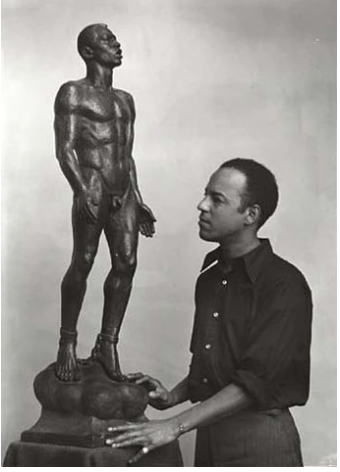
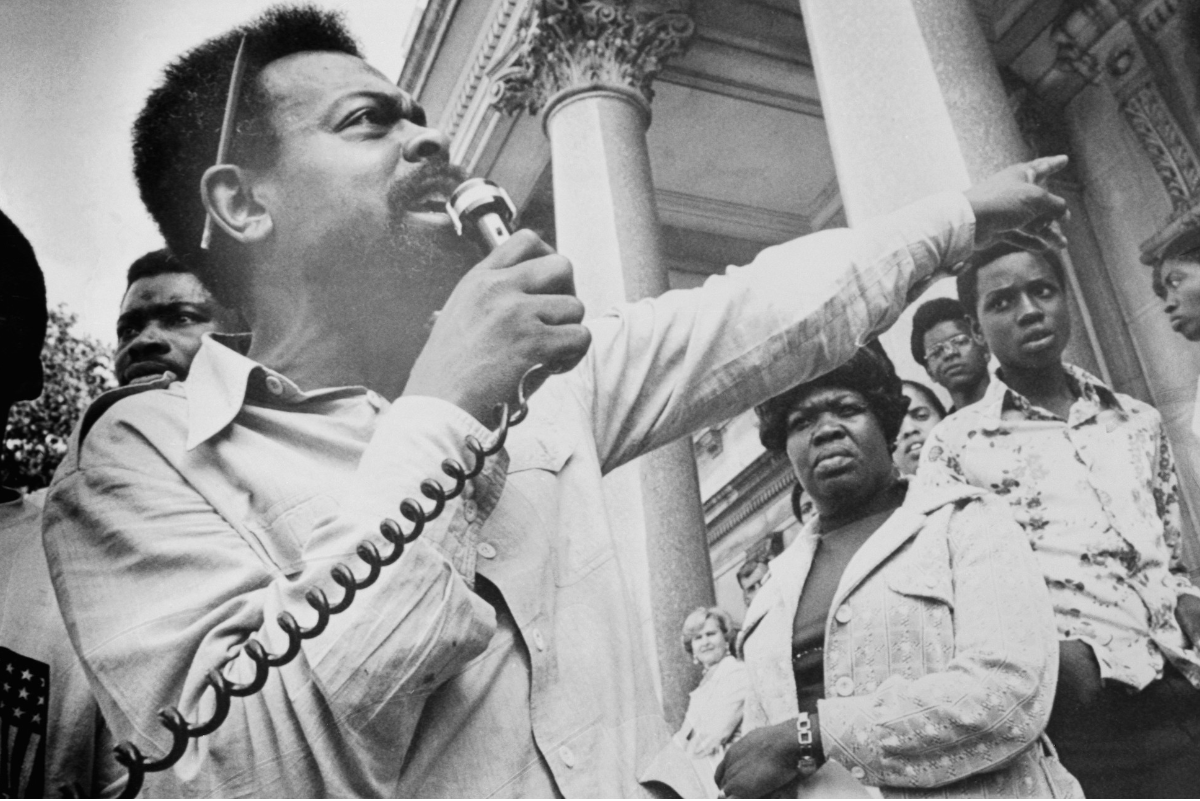
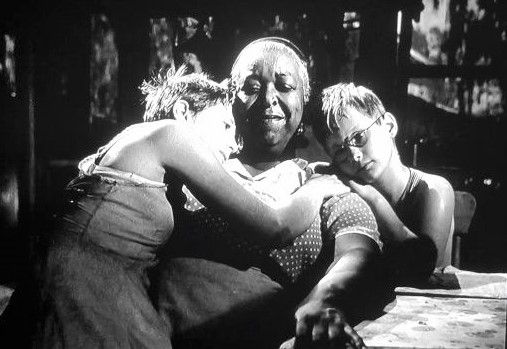
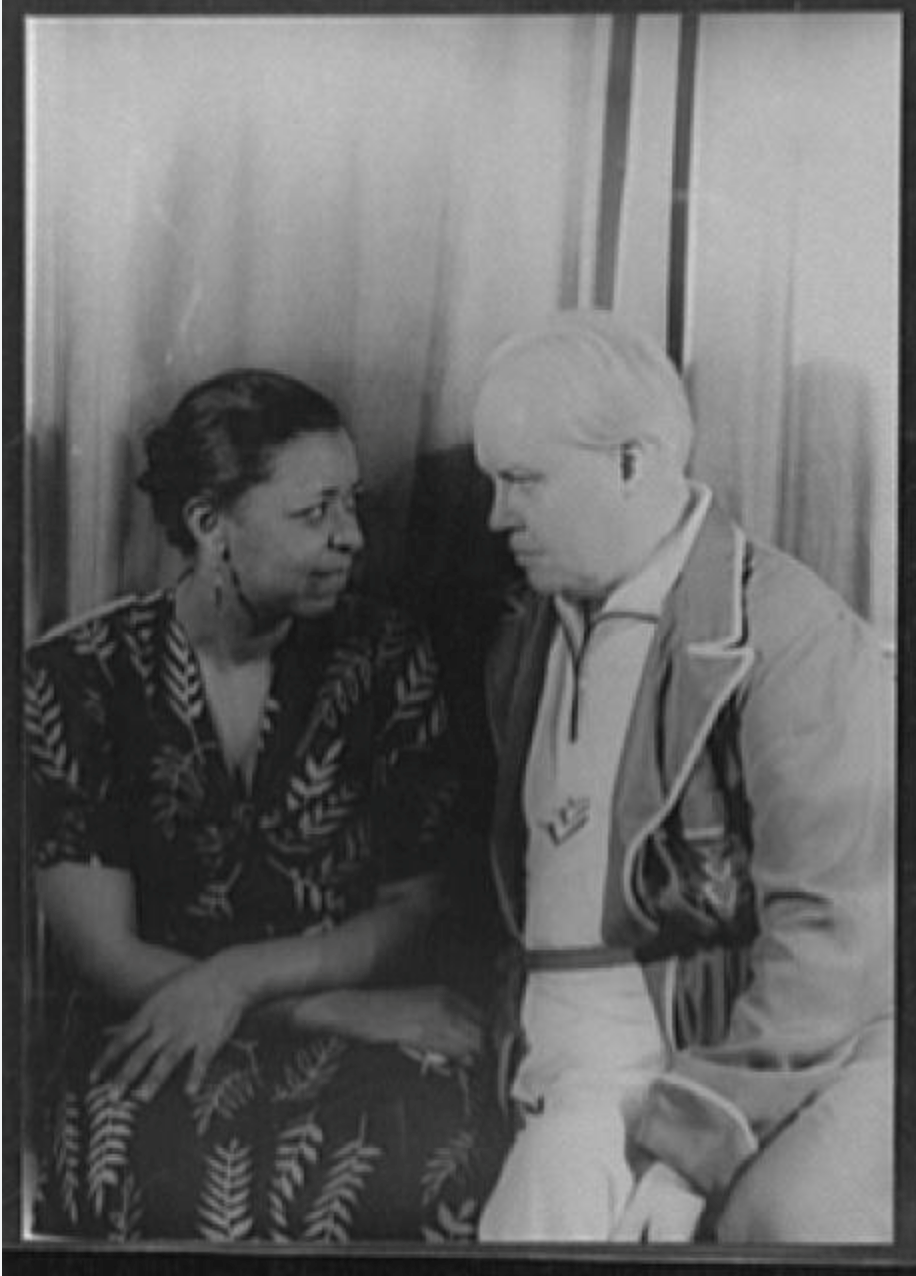
SHOGA FILMS is a 501(c) (3) non-profit production and education company. We create multimedia works around race and sexuality that are intended to raise awareness and foster critical discussion.
Contact Us
All Rights Reserved | Shoga Films
Stay Connected
Thanks for subscribing!
Please try again later.

